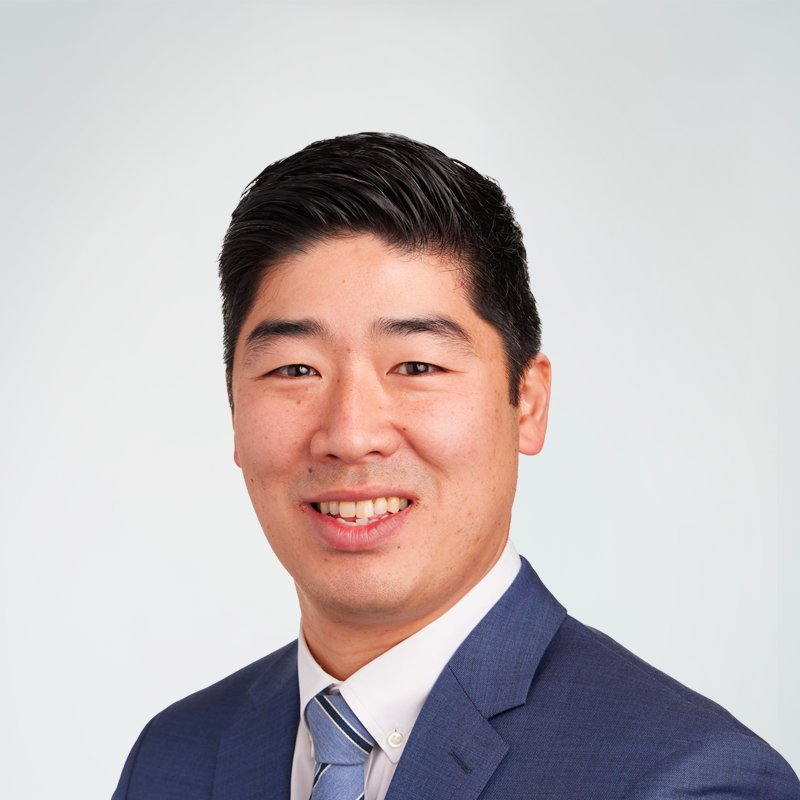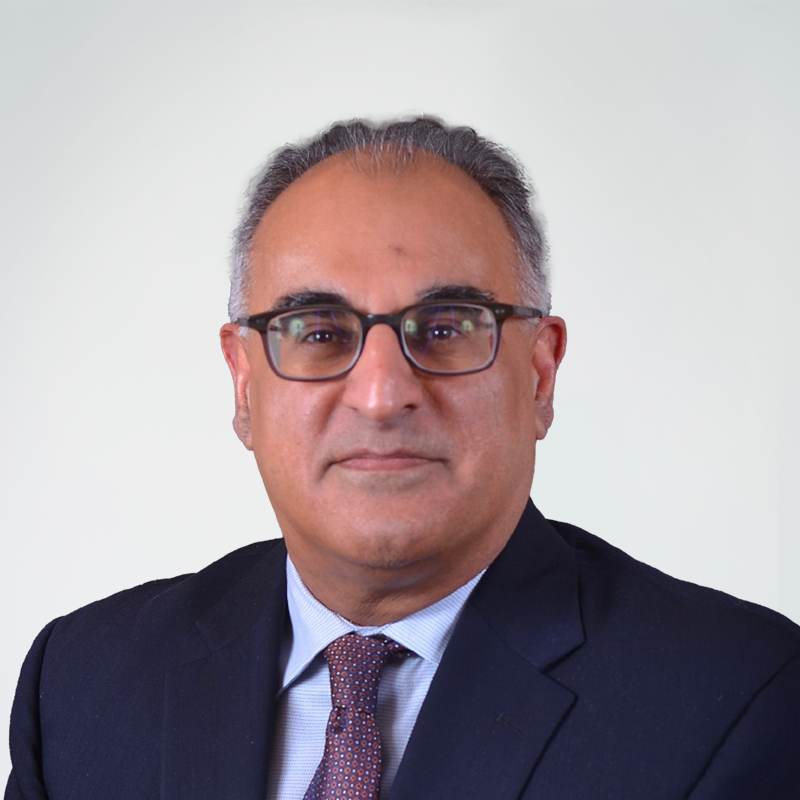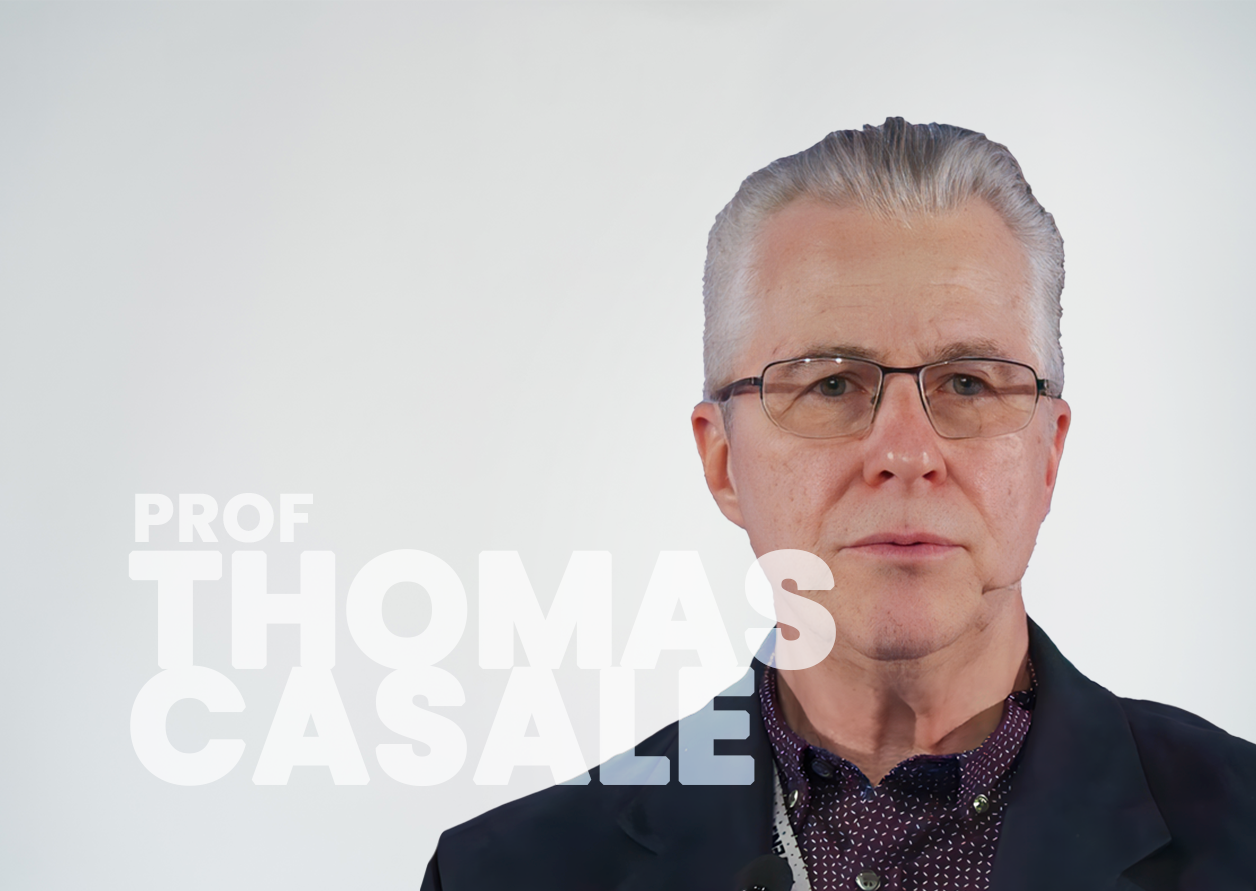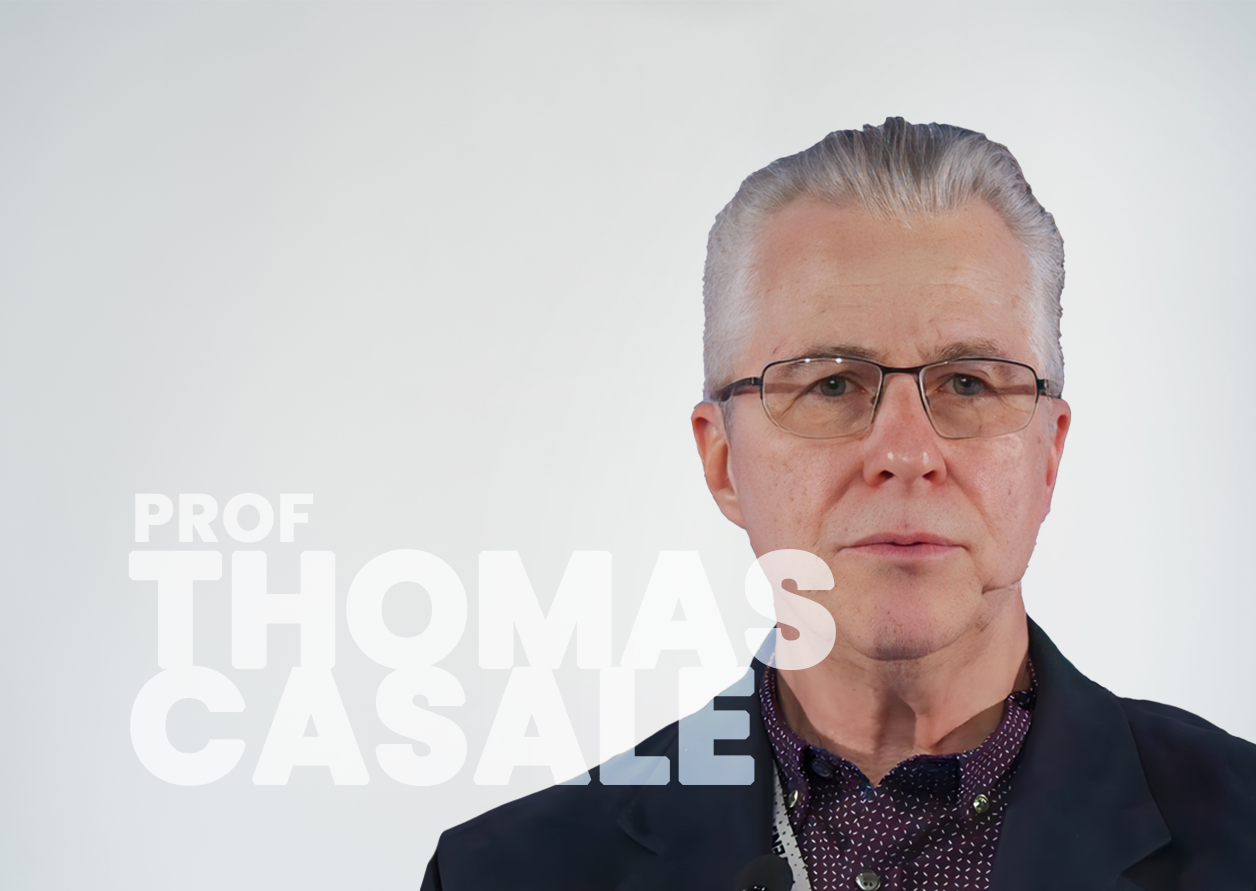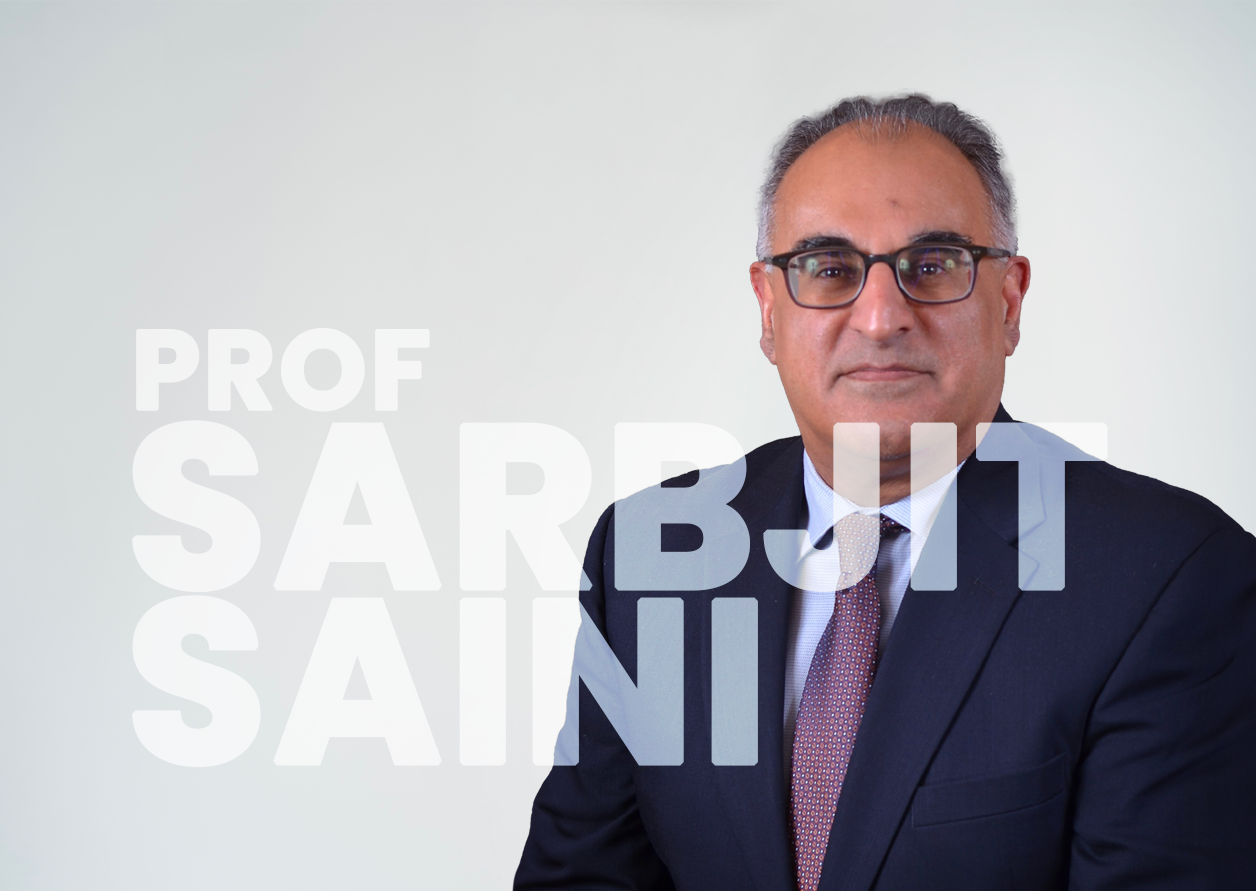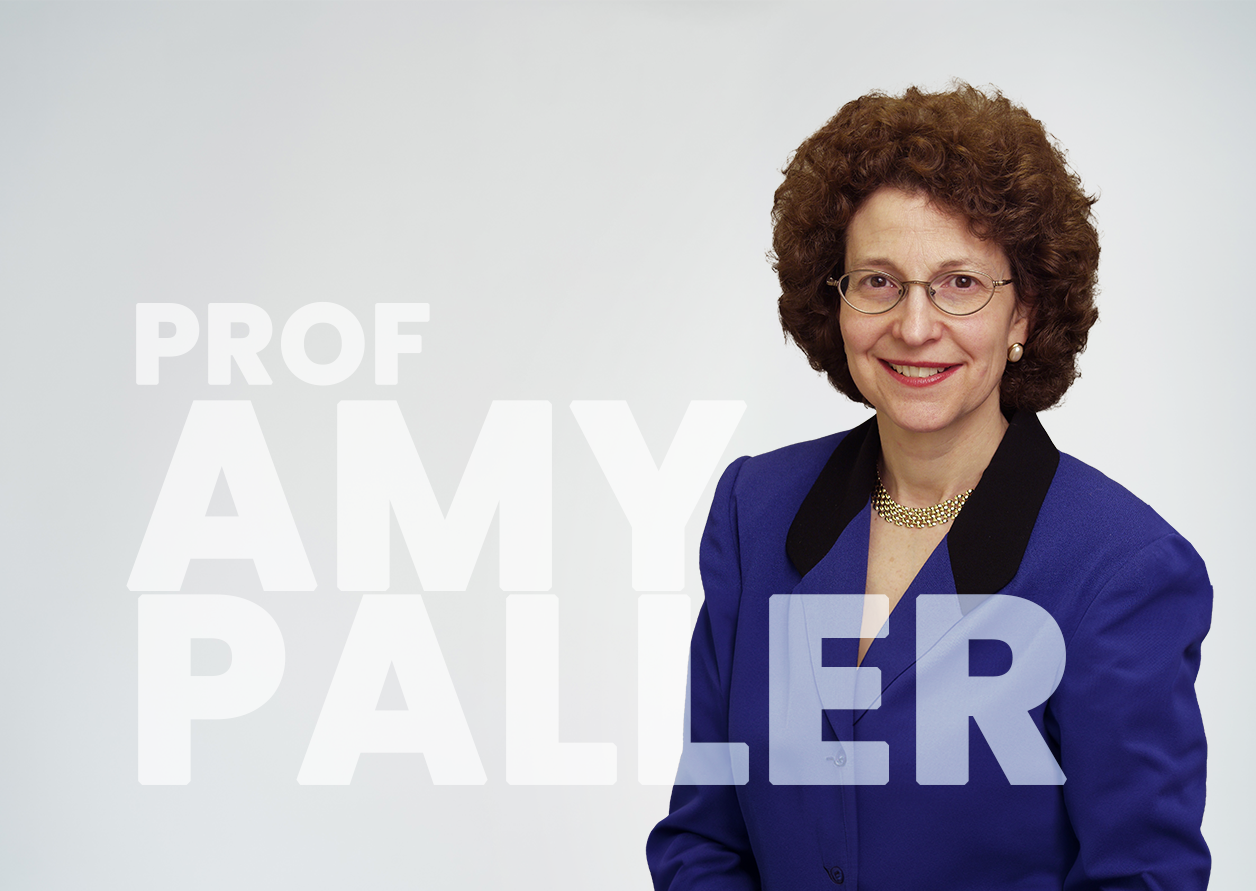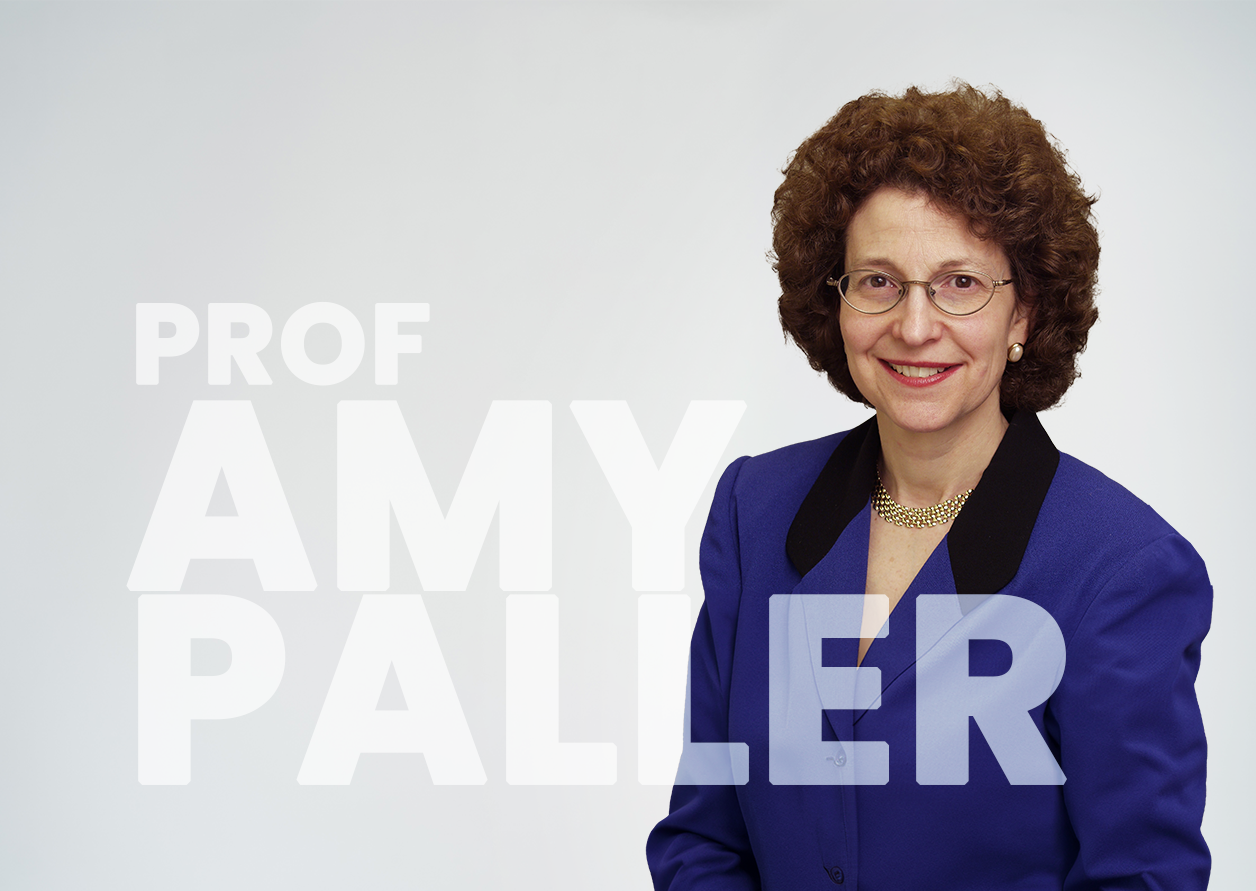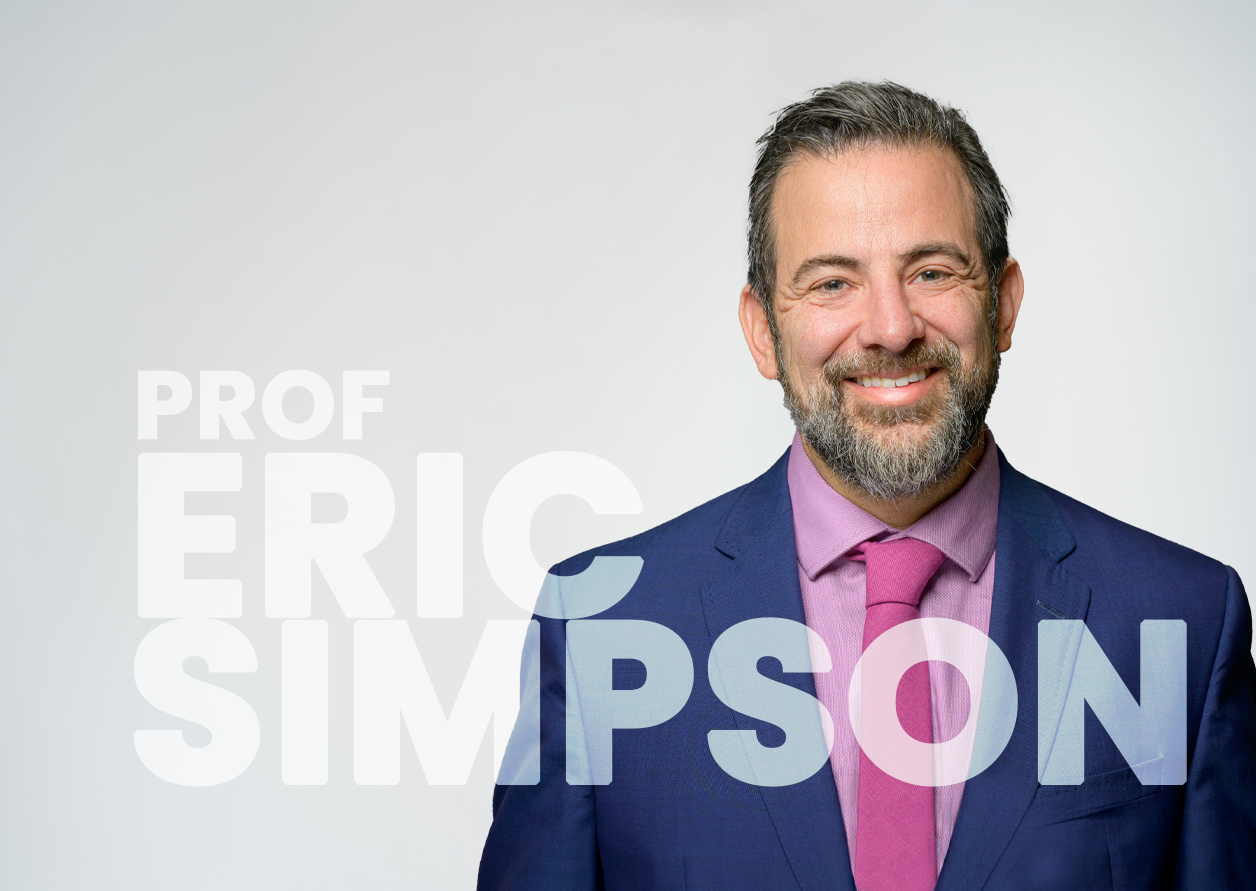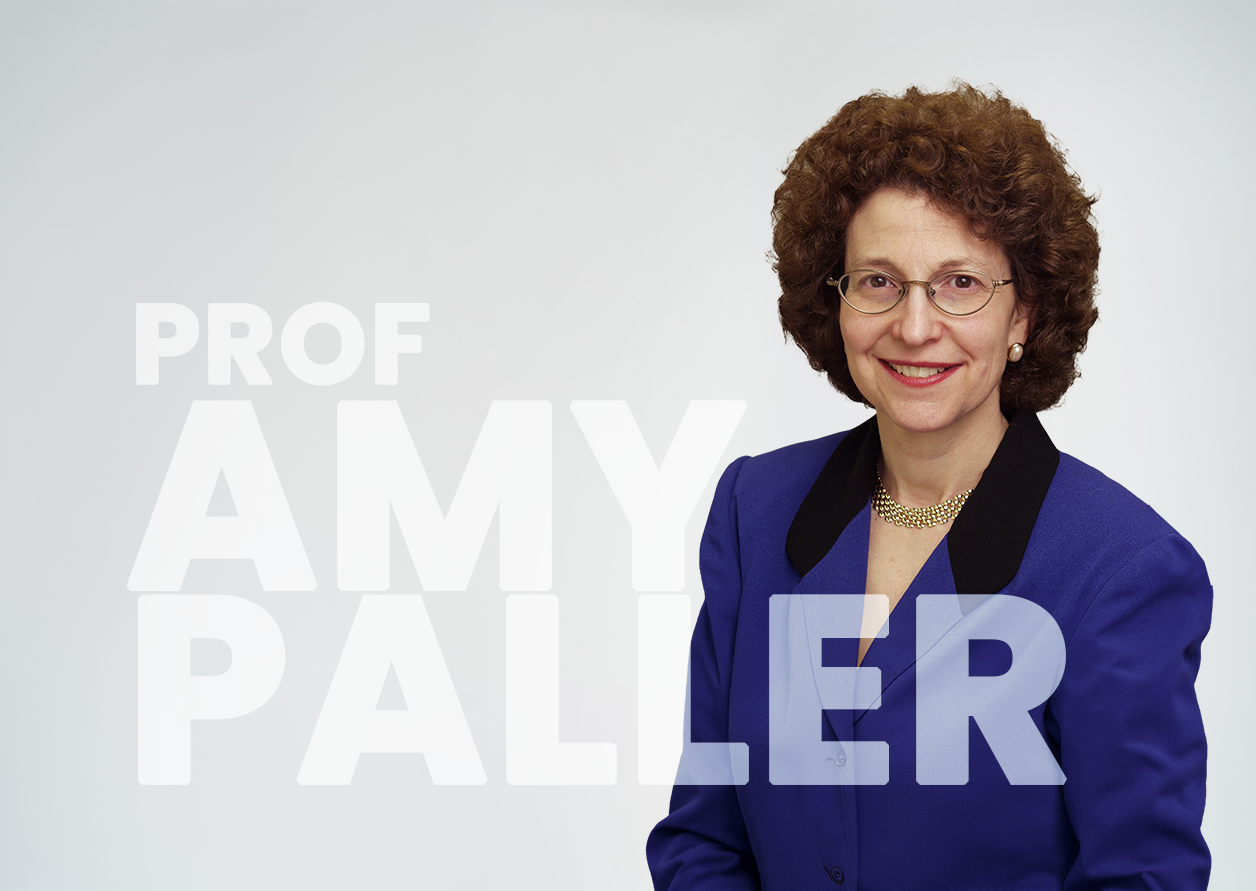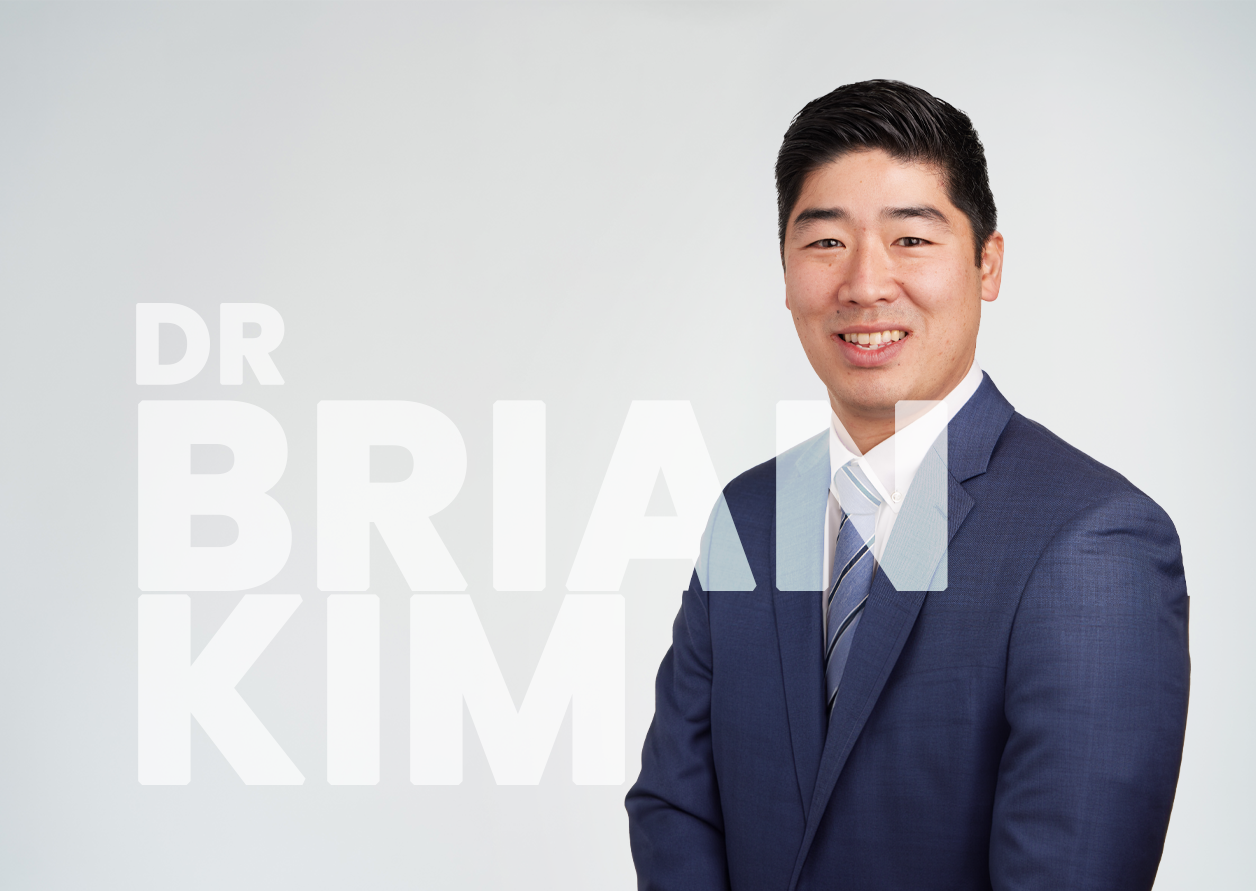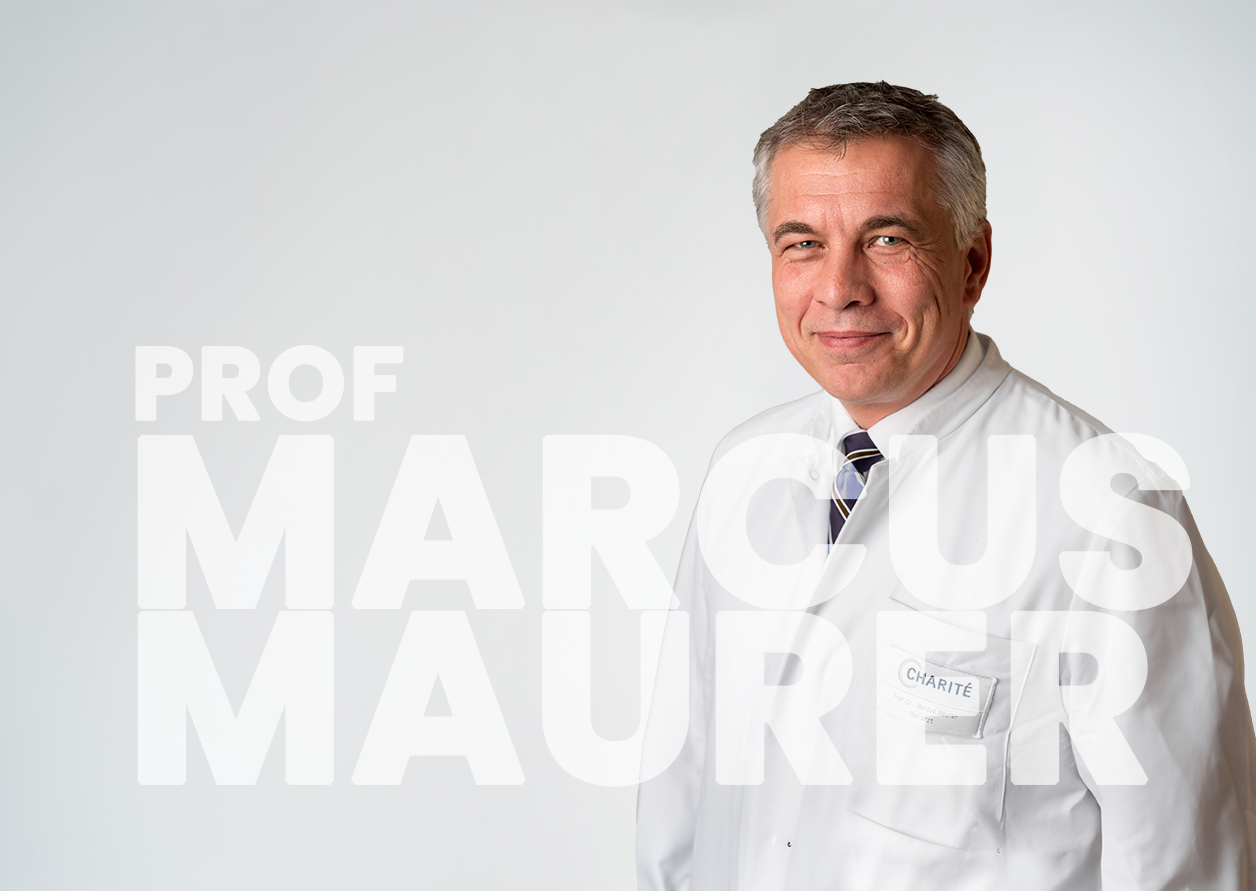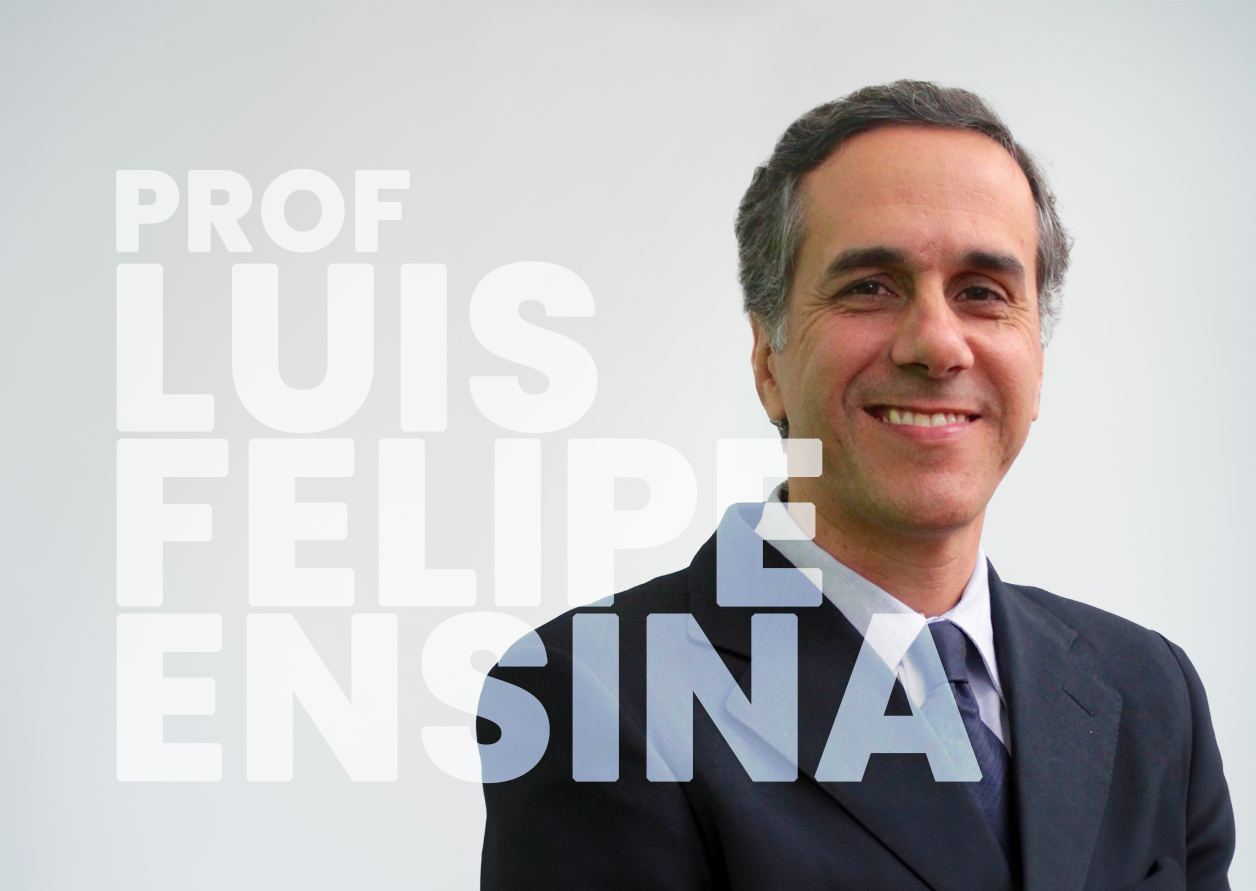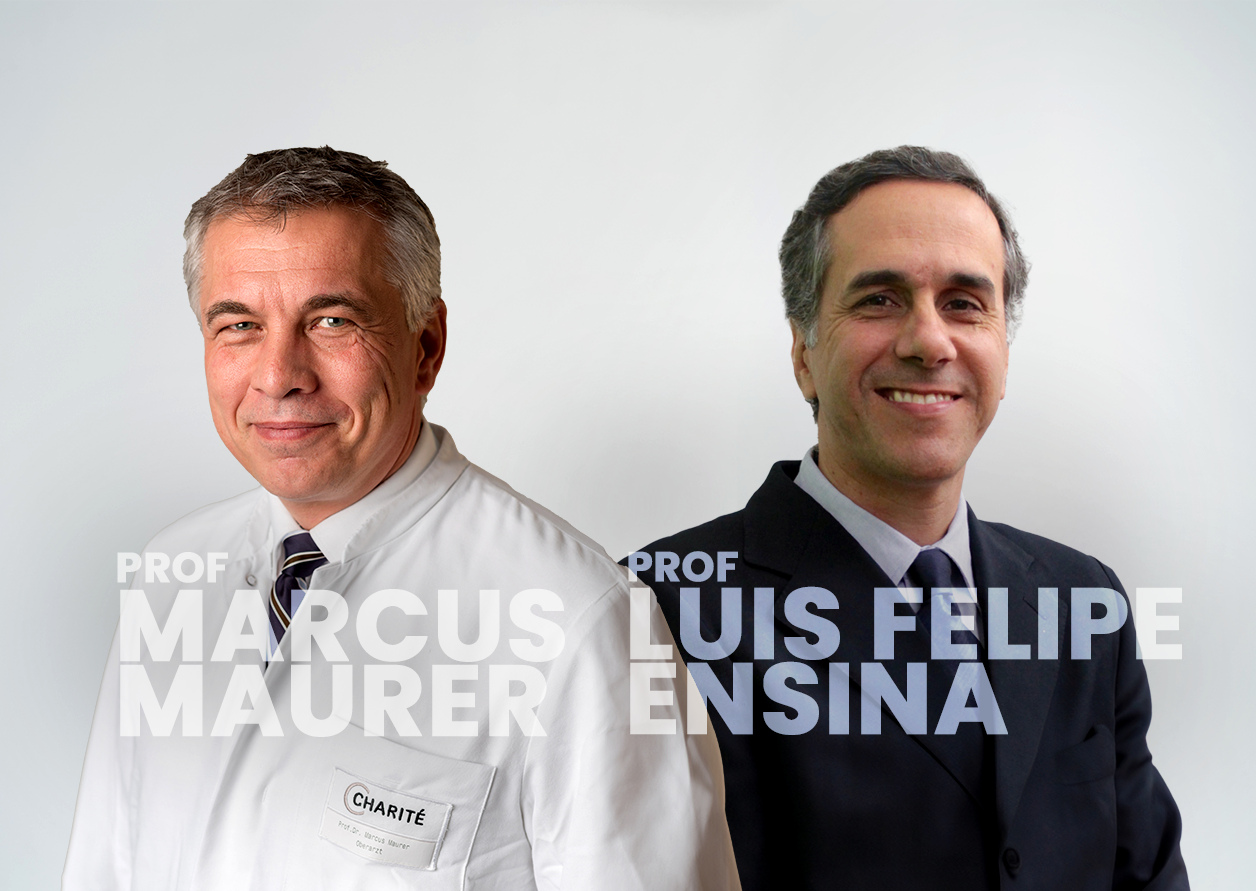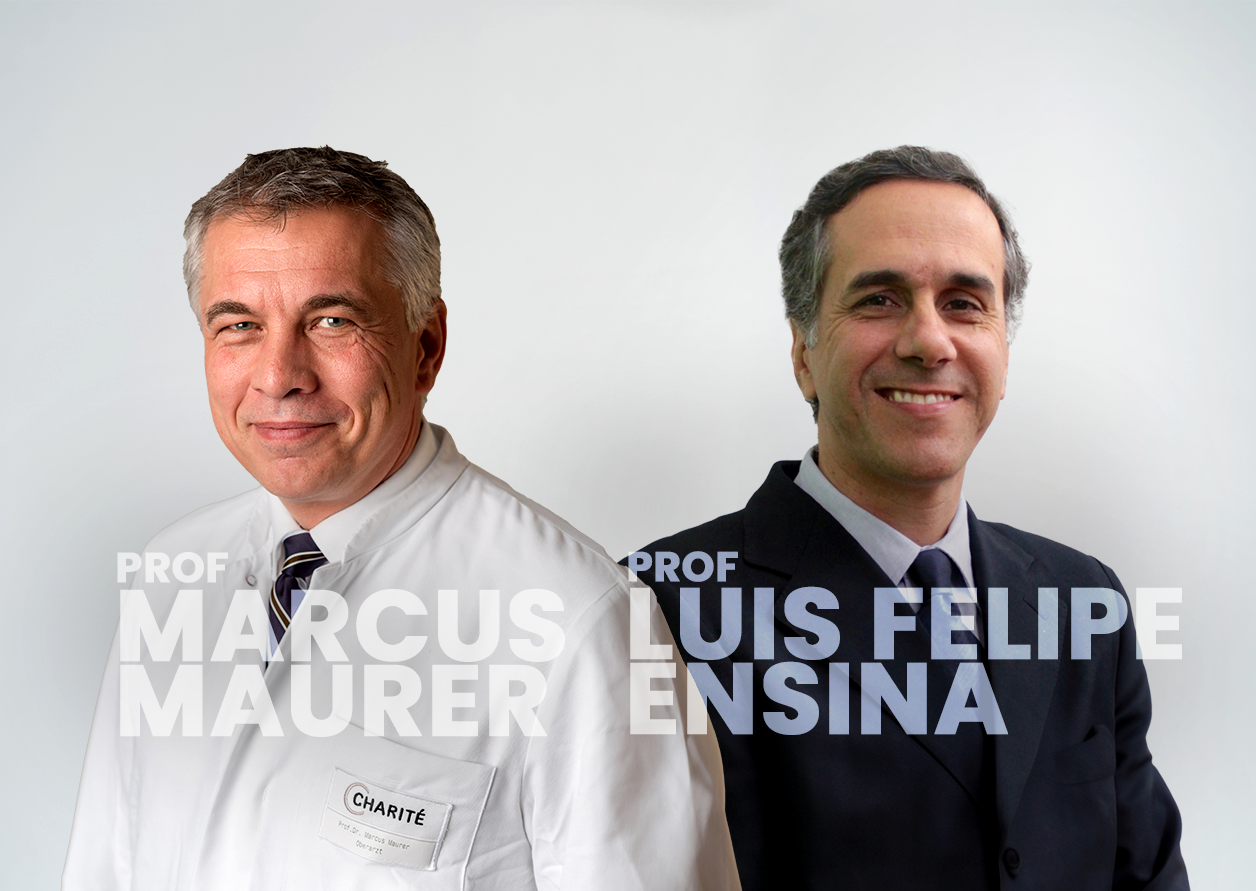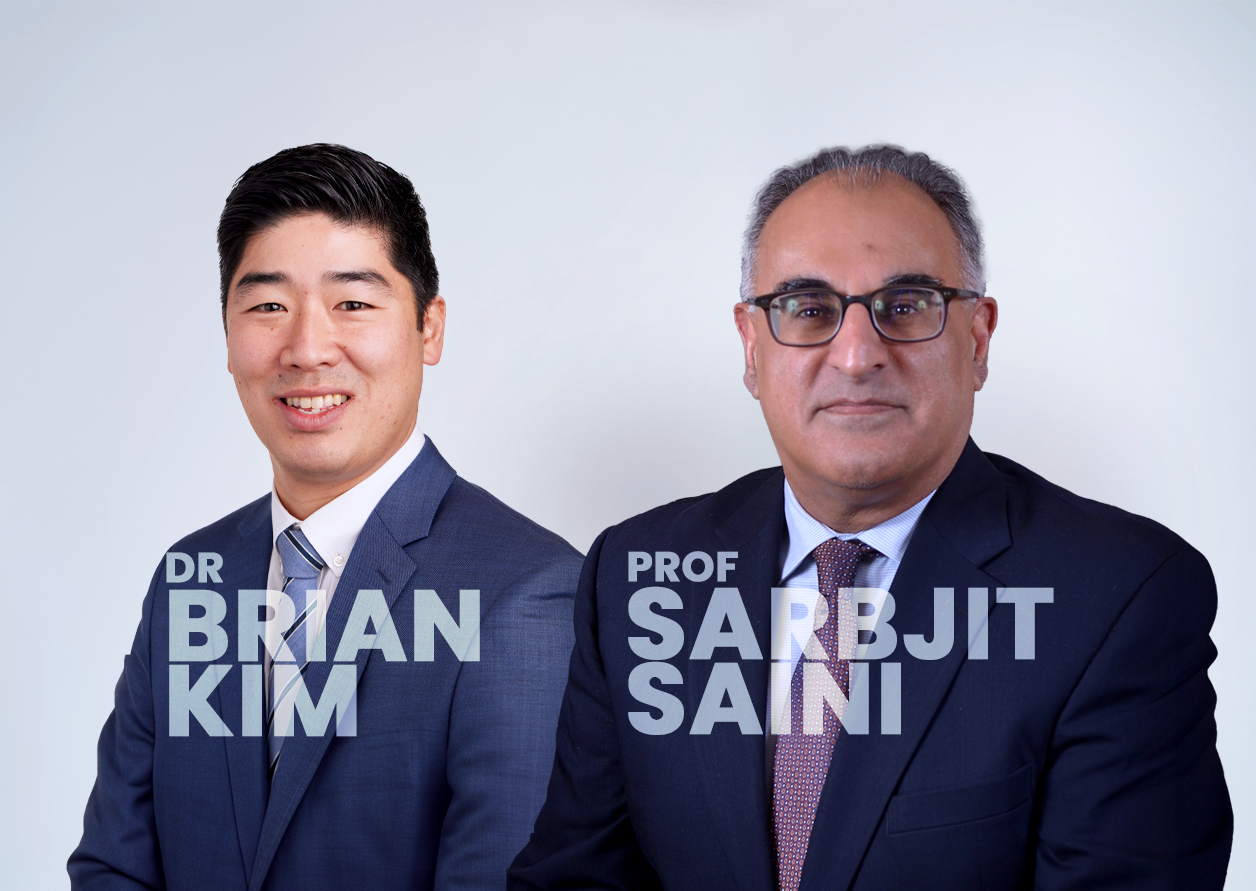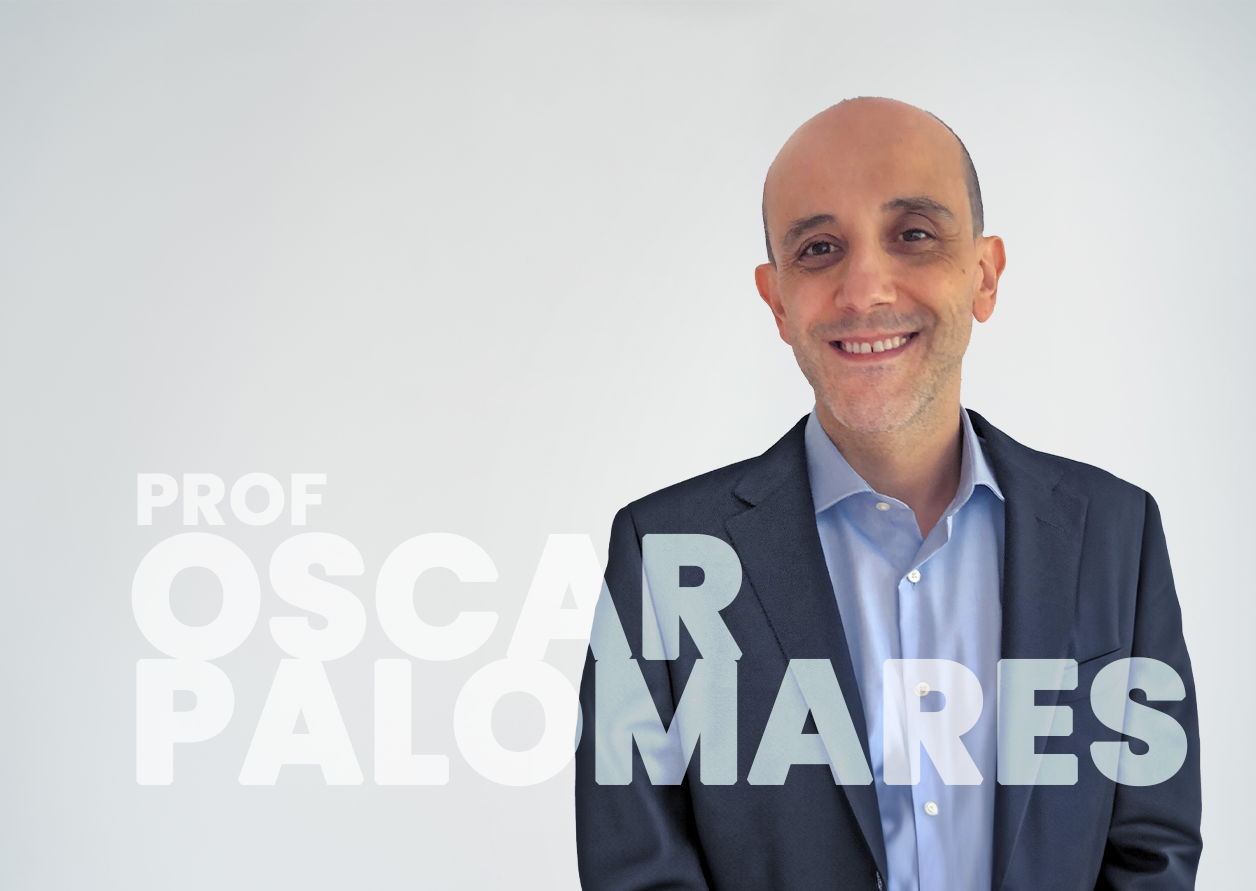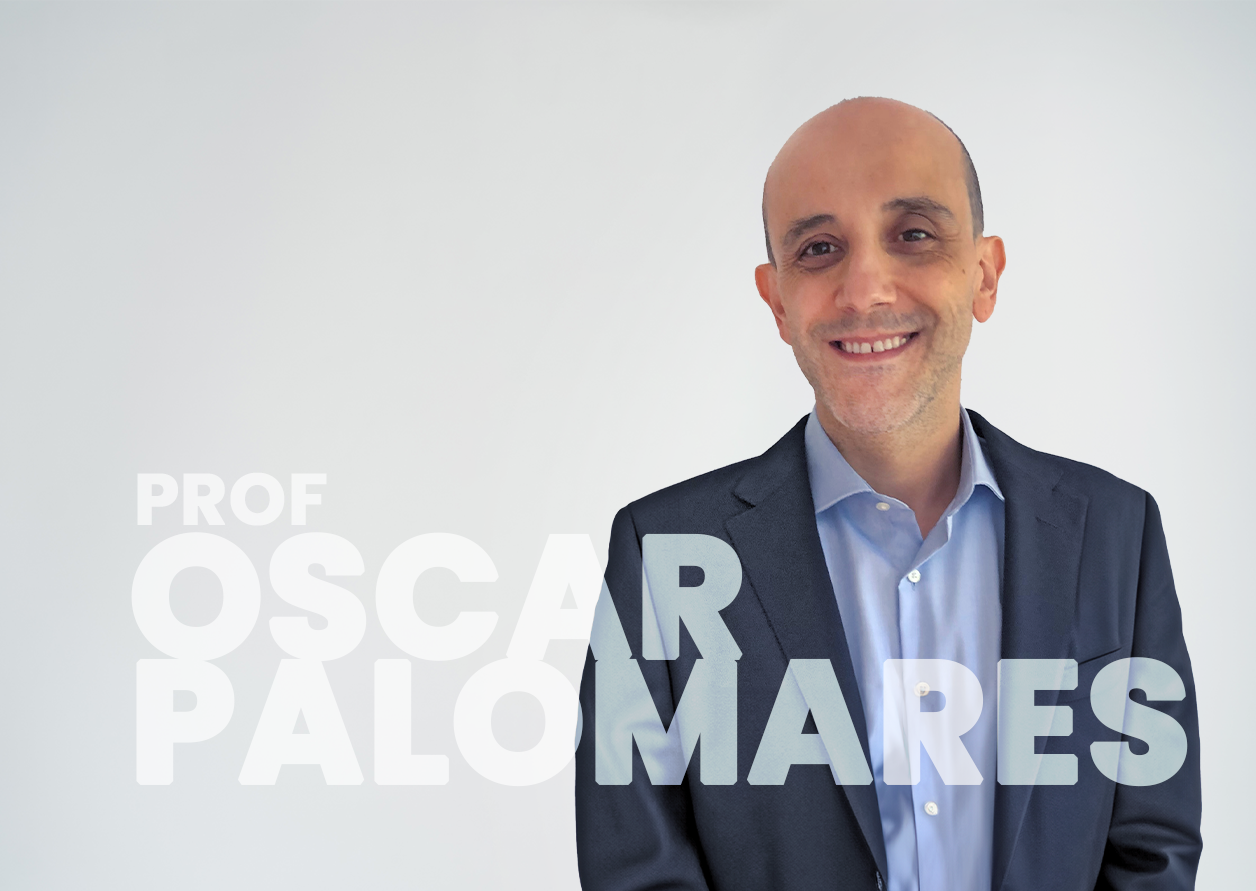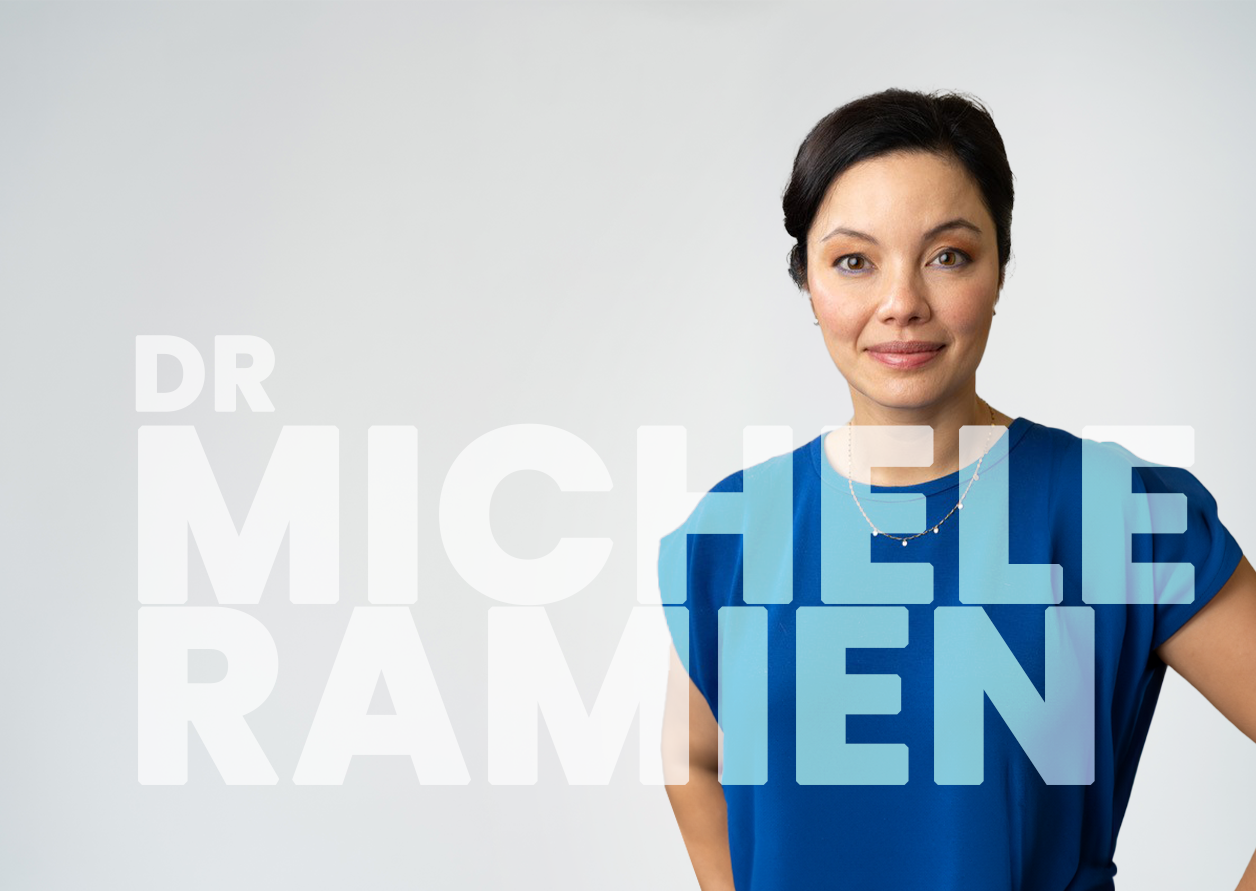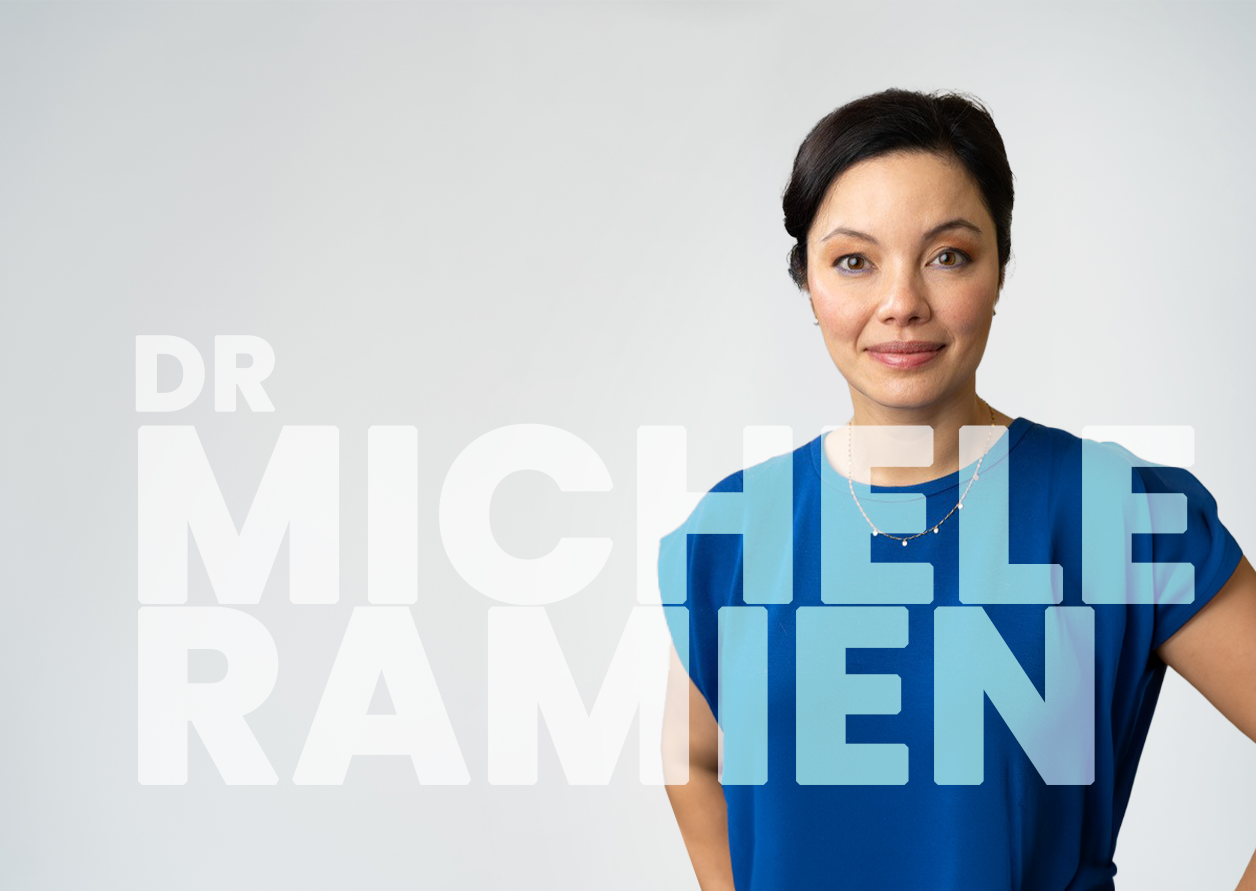The Role of Chronic Inflammation in the Pathogenesis of CSU
Learning objectives
- Understand the role of chronic inflammation in the pathogenesis of CSU
- Reconcile the understanding of chronic inflammation with the central role of mast cells in CSU
- Explore the pathways of mast cell activation and their release of mediators
- Consider supporting mediators beyond mast cells in the pathophysiology of CSU
Description
An informal interview conducted by Drs. Kim and Saini. They delve into the relationship between chronic inflammation and chronic spontaneous urticaria (CSU), specifically highlighting the pivotal role of mast cells in the disease pathology. Dr. Saini emphasizes that the activation of skin mast cells serves as the initial trigger for the skin-based reaction in CSU, leading to the release of various mediators that attract immune cells such as lymphocytes, eosinophils, basophils, and neutrophils to the affected area. Despite recognizing the central role of mast cells in initiating itch and hive formation, biopsies of CSU patients reveal ongoing low-level inflammation and the presence of immune cells, suggesting a more complex inflammatory process at play. Dr. Kim highlights the unique nature of CSU, characterized by acute episodes that over time become chronic. Unlike conditions such as atopic dermatitis (AD), CSU exhibits acute components, implying a continuous shaping of the local microenvironment and potential systemic phenomena that warrant further exploration. Dr. Saini highlights results from a survey of patients which underscores the prevalence of extra-cutaneous symptoms, hinting at the broader systemic implications of CSU beyond skin manifestations. Together, their insights underscore the multifaceted nature of chronic inflammation and mast cell involvement in the pathogenesis of CSU, urging for a comprehensive understanding and exploration of systemic aspects for effective management and treatment strategies.
